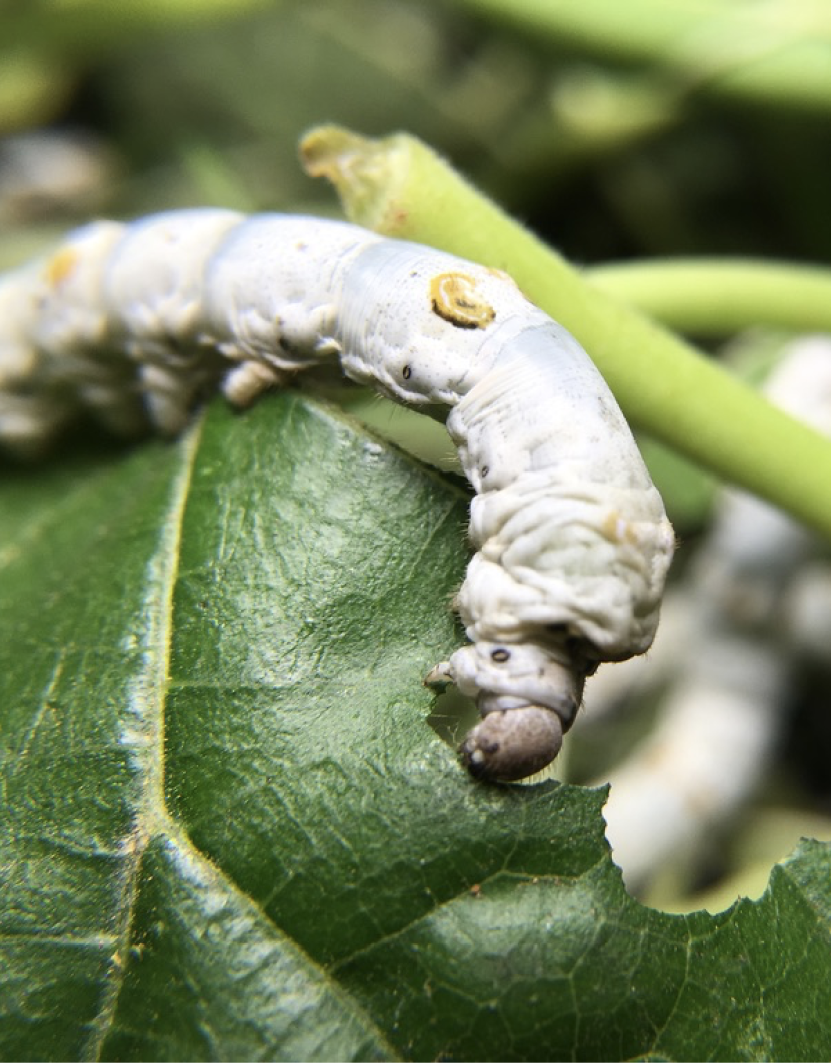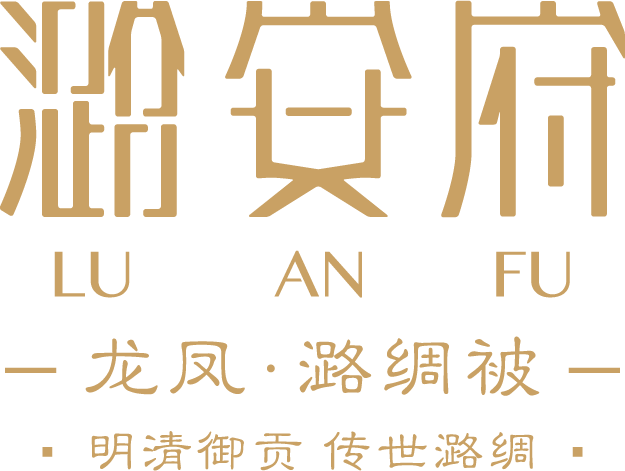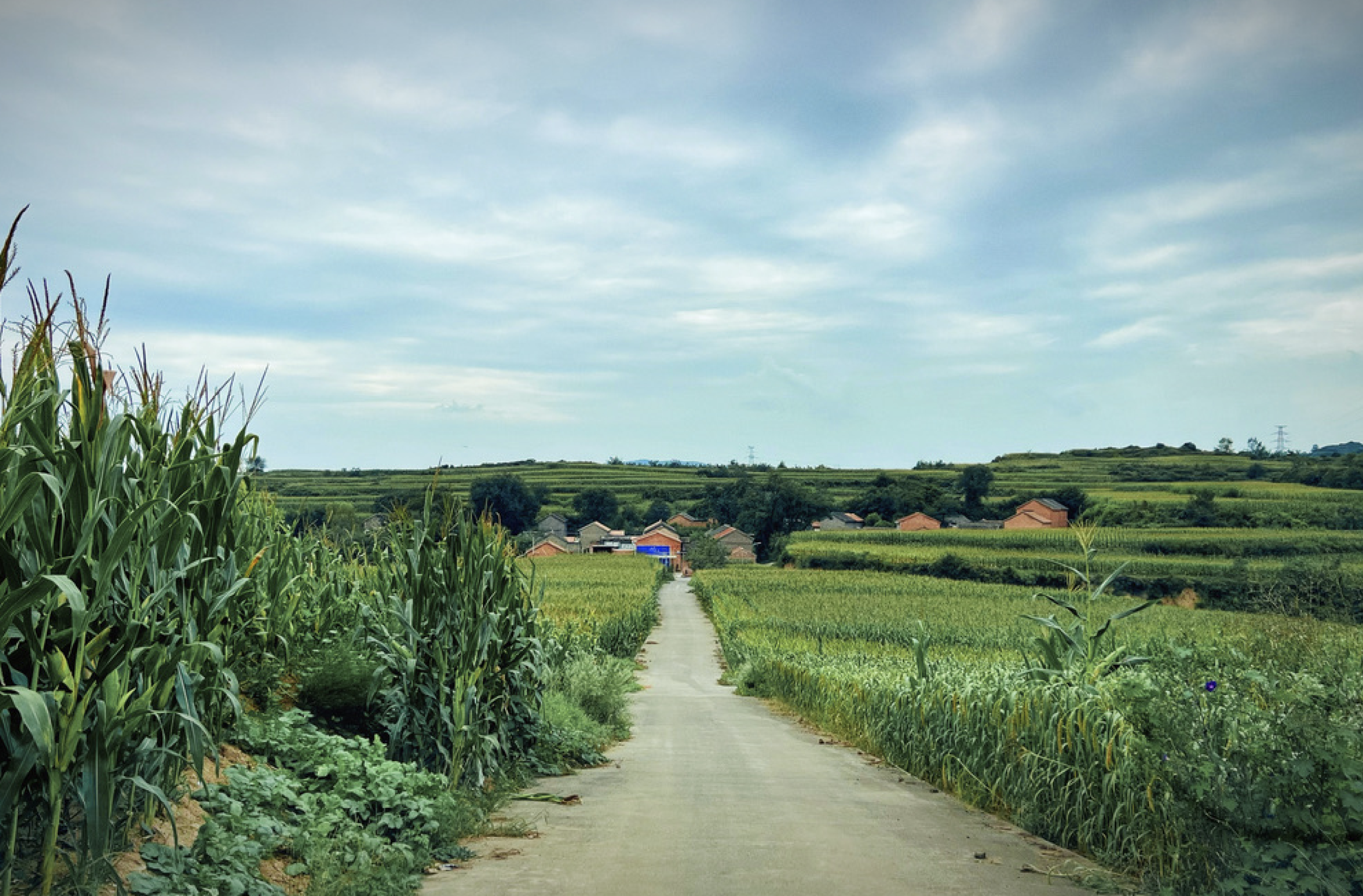CHARACTERISTIC
In the folded arms of Taihang Mountains, the mulberry forests of Yangcheng crawl into a green sea. In the mist of late spring and early summer, the silkworm farmer's fingertips brushed over mulberry leaves, dew moistened the cuffs, and the harvested leaves were as shiny as jade. The silkworms here drink the warm seasonal feng shui of southeastern Shanxi and eat the mulberry trees nourished by the unique selenium rich soil of Yangcheng. Their cocoons condense into round jade eggs, wrapped in the secret language of thousands of years.
-

The silkworm cocoons in Taihang Mountains are wrapped in moonlight colored shells, lightly tapping with fingertips, and the sound is like a spring falling from an empty mountain. The silk spinner immersed the cocoon in a clear spring, and the boiling water trembled like a musical string, stretching the cocoon into the arc of the Milky Way pouring down. A single silkworm cocoon draws over 1200 meters of silk, with threads as dense as clouds and mist, yet as tough as ancient vines, shimmering like pearls in the sunlight. This is the meridian of the earth, the heavenly thread woven by the whispers between Taihang Mountains and Qinhe River.
-
The Lu silk craftsman picked up this strand of silk and rubbed it with his fingertips, feeling the vibration of mulberry leaves in the spring breeze and the rhythm of rustling mulberry leaves like a light rain. Silk is no longer the light mist and rain of Jiangnan, but the thickness and vastness that envelop the mountains and rivers of the north. When Lu silk covers the skin, it feels like touching the outline of the Taihang Mountains ridge, hearing the sound of silkworms rustling and painting among the mulberry leaves, and in every fold, there is a whole spring and autumn of southeastern Shanxi curled up.











